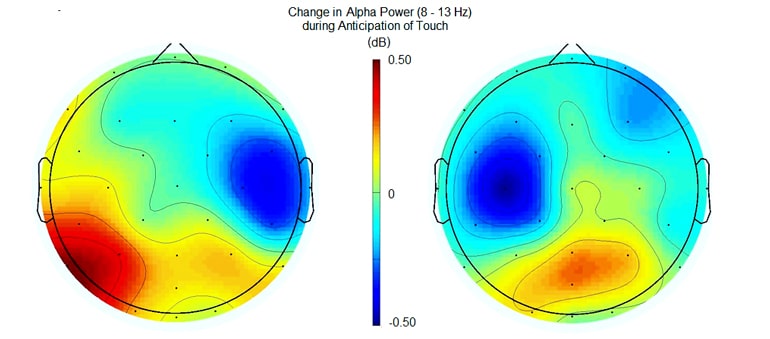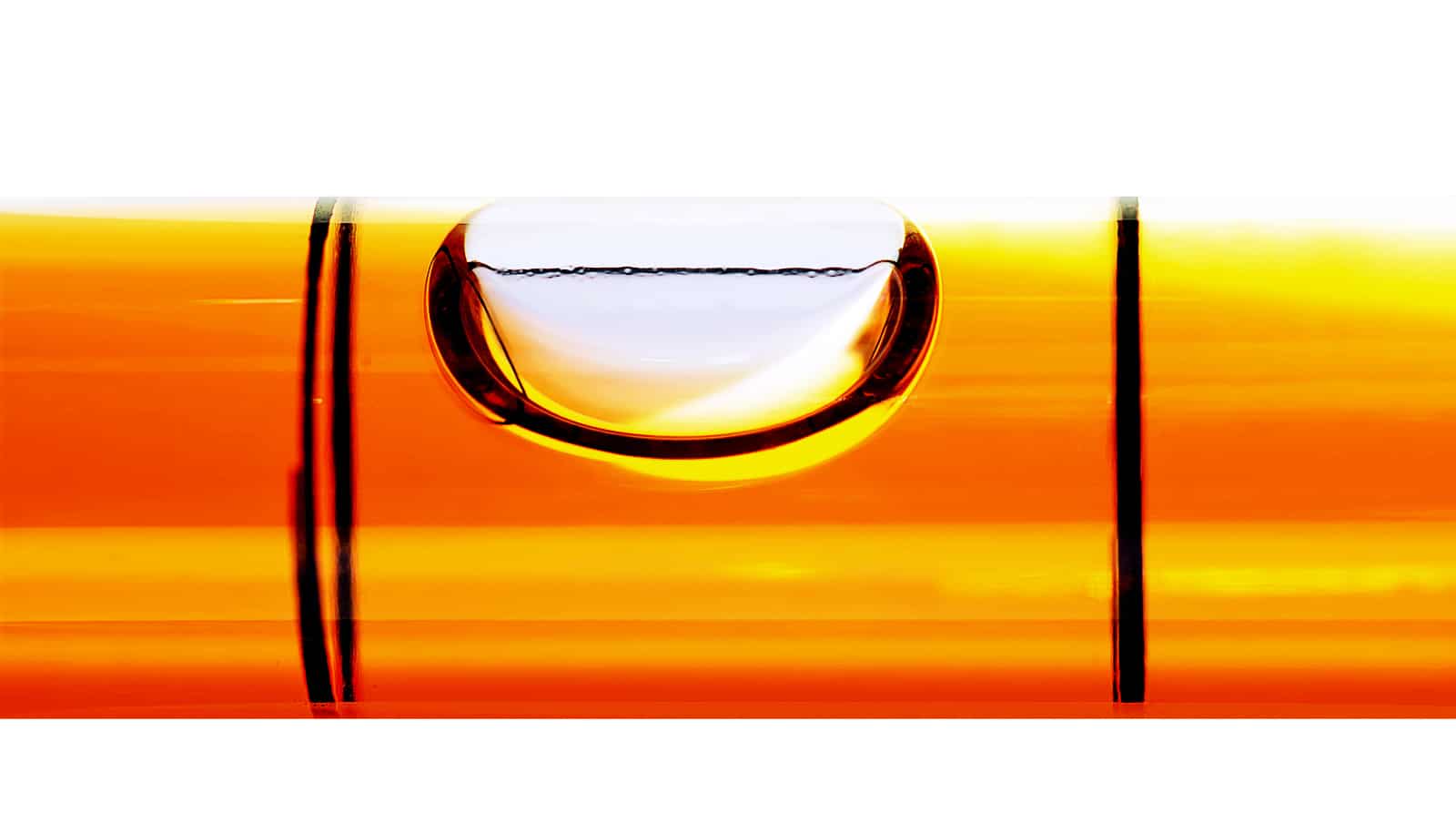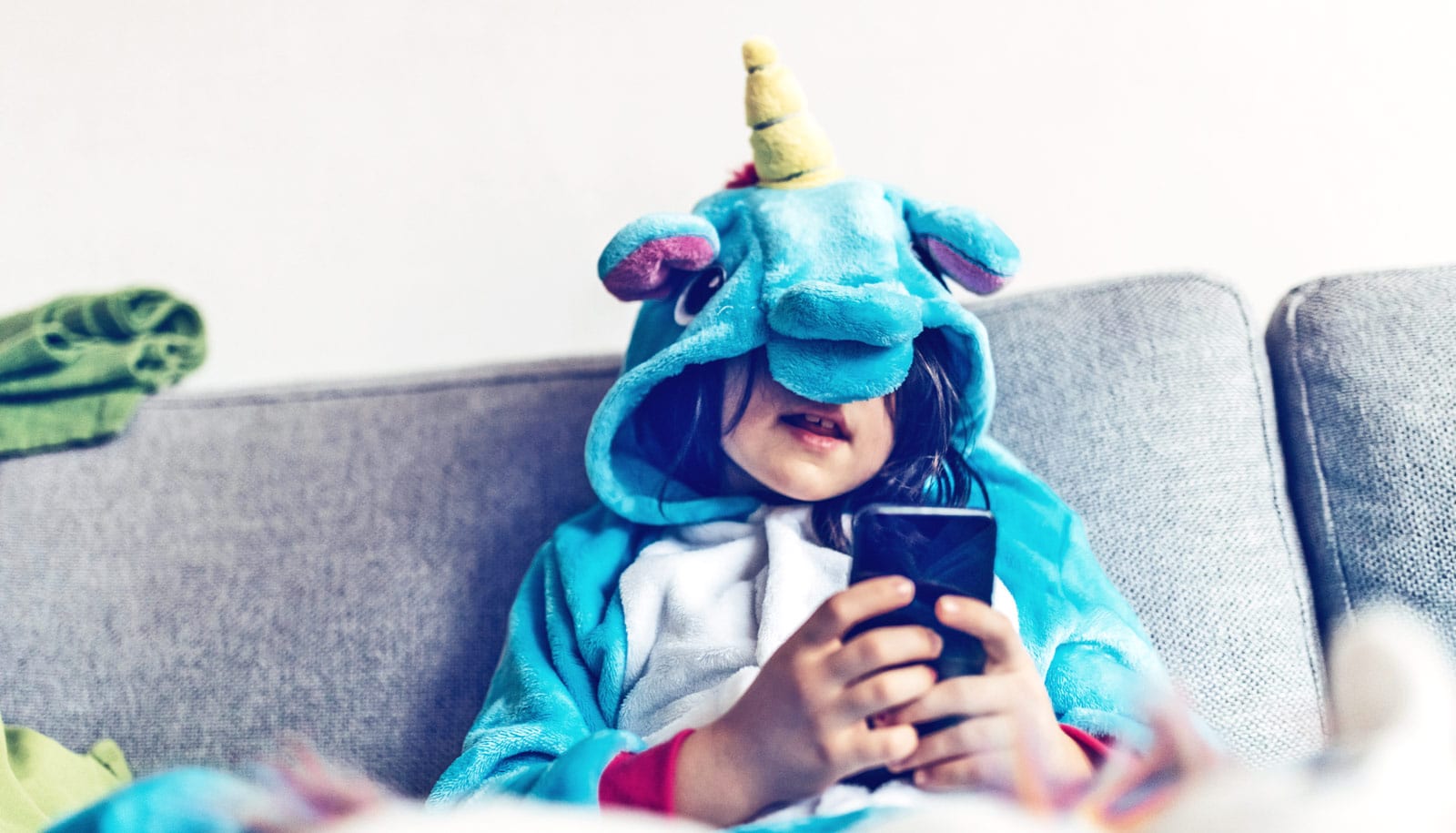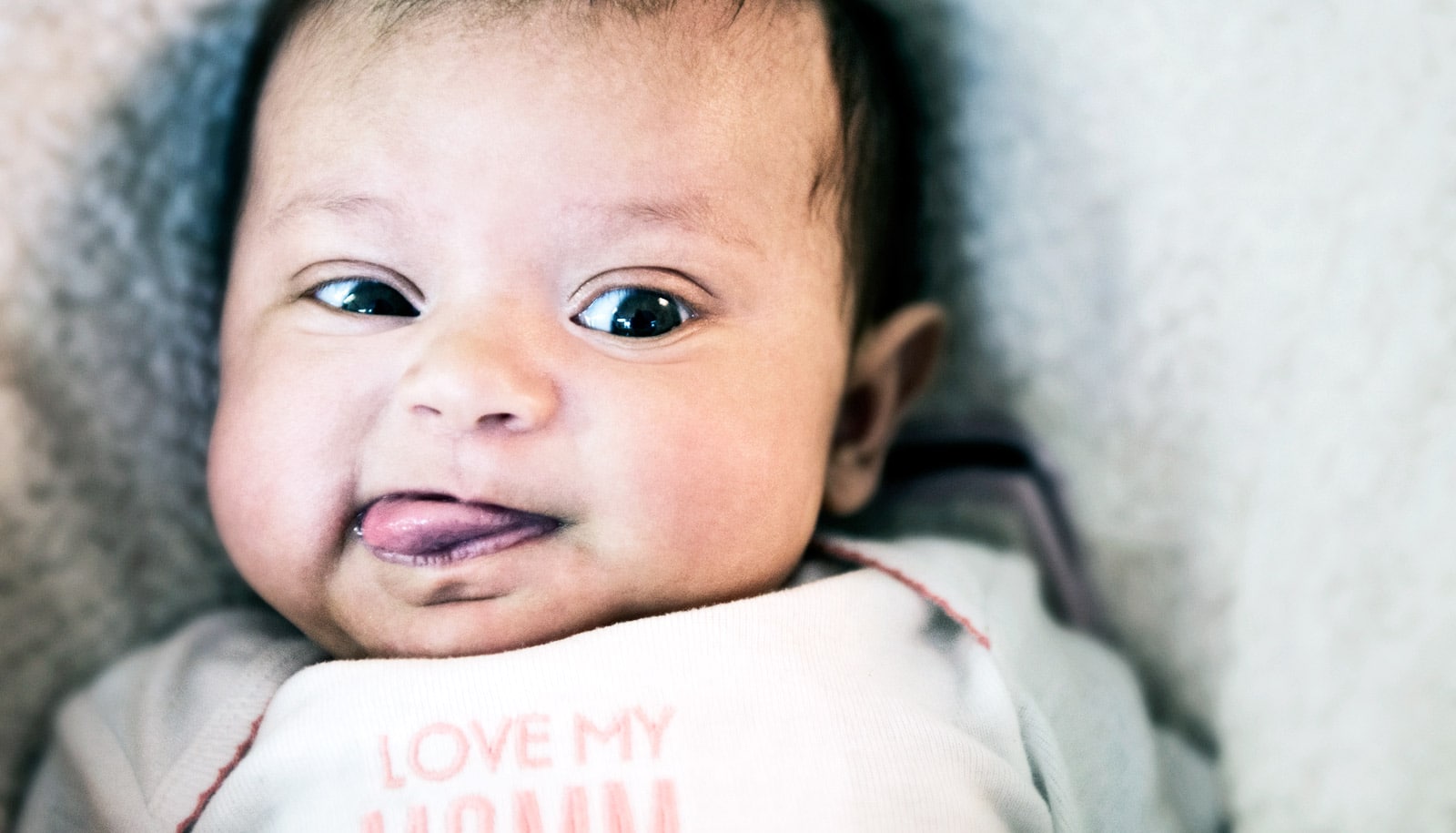The ability to anticipate also indicates an ability to focus, according to a new study of young children.
The study examines what happens in children’s brains when they anticipate a touch to the hand, and relates this brain activity to the executive functions the child demonstrates on other mental tasks.
Anticipation is often viewed as an emotional experience, an eager wait for something to happen. Inside the brain, the act of anticipating is an exercise in focus, a neural preparation that conveys important visual, auditory, or tactile information about what’s to come.
The new research with 6- to 8-year-old children shows not only this expectation in real time, but also how anticipation relates to executive function skills.

Living in the future
“Anticipation is what keeps us from being shocked and surprised by the world,” says Andrew Meltzoff, professor of psychology at the University of Washington and co-director of the university’s Institute for Learning & Brain Sciences. “When you pick up a pencil or fork, when someone rolls a ball to you, or when someone approaches you and extends their hand to shake it, you’re anticipating a tactile impact.
“In the real world, we don’t just live in the present; we live partly in the future.”
“We cannot just respond when something has happened; we need to anticipate what will happen. In the real world, we don’t just live in the present; we live partly in the future.”
While other research has examined how children and adults anticipate something they will see, no research has been done on children’s expectation of touch, or the role of touch in measuring children’s executive function skills, says corresponding author Staci Weiss, a doctoral student at Temple University. Other studies, too, have shown that children’s executive function skills at around age six correlate with their academic performance.
“Executive function” is a broad term that encompasses various skills necessary for organizing information and controlling one’s own behavior. Selective attention—the ability to focus on a specific thought or task at the expense of others—is an executive function skill related directly to anticipation, because it involves knowing what to expect of an event, however small, and how to respond to it.
“Anticipatory brain activity prepares for the future, making incoming information a little more predictable so it’s easier to focus attention on what is important. The neural anticipation of touch had not been captured in children,” Weiss says.
“What’s exciting is that children’s ability to anticipate an upcoming event—in this case, a touch to the hand—was related to how well they could control their attention. The amount of change in children’s brain response during anticipation of touch was associated with cognitive skills more broadly, not just in the tactile domain, but in broader ways that might be useful for children in the classroom,” she says.
The moment before the moment
The new study involved 80 children, each of whom wore a cap equipped with special sensors that measure brain activity by detecting minute electrical signals on the child’s scalp, a noninvasive technique called electroencephalography (EEG). The participants watched a screen, where an arrow appeared, pointing either left or right.
Seated with their hands under a desk, the children were told to anticipate a touch to the middle finger of the hand that matched the arrow’s direction. A small, inflatable balloon-like device tapped the designated finger about one and a half seconds after the image of the arrow appeared. This way of providing the touch has been used in a number of studies by the collaborative team, which includes Peter Marshall, a psychology professor at Temple.
“The touch feels like a light tap on the finger” Marshall notes, “and it doesn’t make any noise, which is important for making sure we are measuring anticipation of a touch, not anticipation of a sound.”
“Unlike with visual and auditory stimuli, they’re not turning their head or moving their eyes, they’re just changing their internal focus.”
This study focused on the second before the child was touched—but after the arrows indicated which hand was going to be tapped—the moment of anticipation. The EEG revealed significantly heightened activity where researchers thought it might: an imminent touch to the left hand produced activity on the right side of the brain, and vice versa.
More specifically, there was significant activity at electrodes overlying the somatosensory cortex, where the brain processes touch to the body. This particular region is, generally speaking, a strip of neural tissue that runs between the ears, over the top of the head. A touch to the right hand generates neural activity on the left side of the somatosensory cortex, and a touch to the left hand produces activity on the right side.
“The pattern of brain activity provides evidence that kids anticipated a touch by directing their internal focus to the hand that was going to be tapped. Unlike with visual and auditory stimuli, they’re not turning their head or moving their eyes, they’re just changing their internal focus,” Weiss explains.
Focusing in
Following the anticipation experiment, each child participated in four different activities, part of the Cognition Toolbox from the National Institutes of Health: a picture vocabulary test (examining language skills); an image-matching activity (measuring general processing speed); and two others that specifically test executive function. Those two were a selective attention task that involved ignoring distracting information in a visual scene, and a card-sorting task to examine working memory.
The results showed significant correlations between the brain activity that occurred during the anticipation of touch and children’s ability to respond quickly and accurately on the two executive function measures: the selective attention and card-sorting tasks. No association was found between the anticipatory brain activity and the two control tasks of picture vocabulary or general processing speed, indicating that neural anticipation is relevant to specific cognitive skills, particularly those involved in executive function ability.
The authors believe this is the first study to investigate children’s anticipatory touch using brain measures, and whether individual differences in children’s anticipatory brain responses predict children’s success on other cognitive tasks. And with future work in younger children or that aims to help children learn how to focus and anticipate touch, the researchers suggest the data could lead to interventions designed to develop executive function.
“One of the components of executive function is the ability to direct and control attention, which is important in the modern world, where we’re constantly bombarded by stimuli and have to multitask,” Meltzoff says.
Mindfulness training could be a natural fit, as it exercises the ability to focus.
“There are interventions using mindfulness training and teaching how to direct attention to the body that help children and adults to gain an awareness of themselves and enhance self-control,” Meltzoff says. “We made the leap of suggesting there might be a connection between what the children were doing in this study and some aspects of mindfulness.”
The study shows how early in life children are able to use information from the environment to filter and focus their attention on specific regions of their bodies, Weiss adds.
“It was exciting to learn that individual differences in attention to the body and to touch can be measured in the brain, and may impact young children’s ability to plan and focus. Future studies can help us understand if it is possible to train young children to willfully focus on what they feel,” she says.
The study appears in Developmental Cognitive Neuroscience. The National Science Foundation and the Bezos Family Foundation funded the study.
Source: University of Washington



